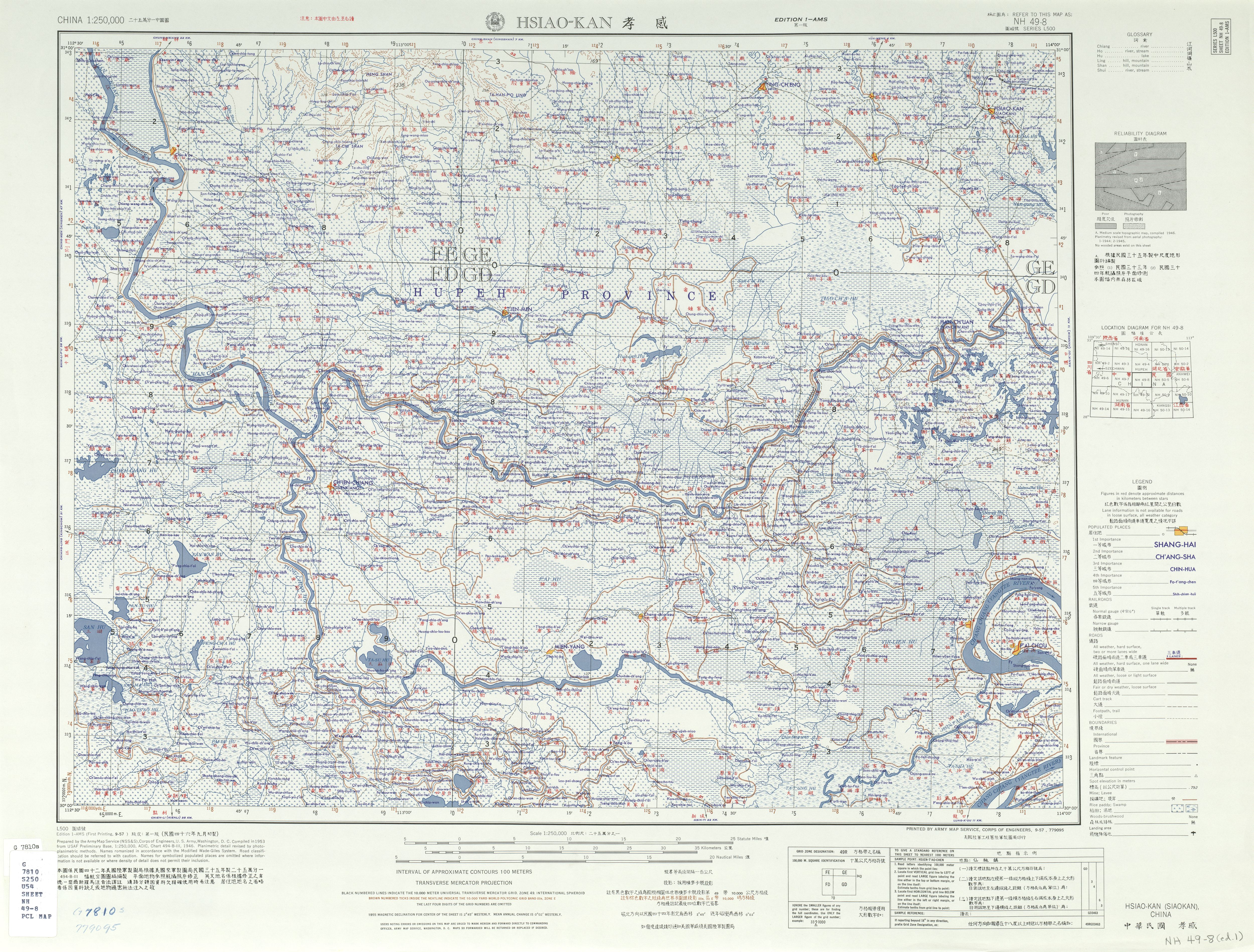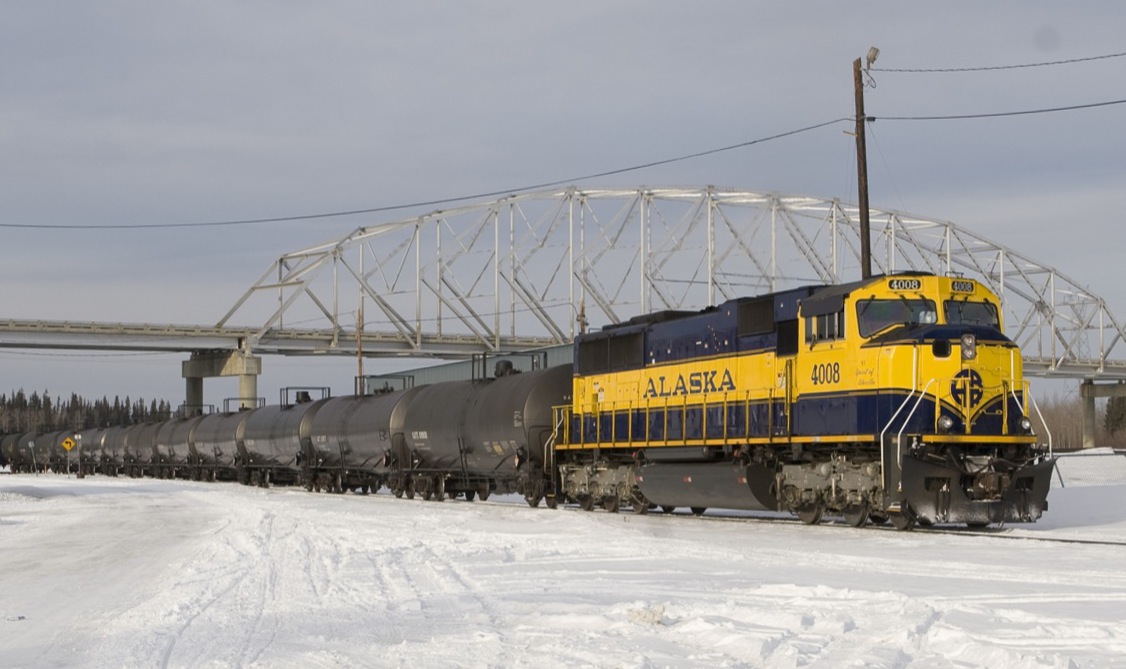|
Xiong'an Railway Station
Xiong'an railway station () is a railway station in Xiong County, Xiong'an New Area, Hebei, China. It opened on 27 December 2020. Design This station covers a total construction area of , which has been described as the largest train station in Asia. This station project is collaborated designed by AREP in 2017, China Railway Design Corporation, China Architecture Design & Research Group, BMEDI and China Academy of Urban Planning & Design. The construction began on August 29, 2018 by China Railway 12th Bureau Group, China Railway Construction Engineering Group, China Construction Third Engineering Bureau and finished in the end of 2020. The concept design is inspired by the water culture of Baiyang Lake. The oval waterdrop shape symbolised a dewdrop on a lotus or a gushing spring. Undulating layers on the roof look like ripple on the water surface. The facade design uses element of the traditional Chinese grand hall showing Chinese cultural genes. It has a solar panel arra ... [...More Info...] [...Related Items...] OR: [Wikipedia] [Google] [Baidu] |
Xiaogan
Xiaogan ( zh, s=孝感, p=Xiàogǎn) is a prefecture-level city in east-central Hubei province, People's Republic of China, some northwest of the provincial capital of Wuhan. According to the 2020 census, its population totaled 4,270,371, of whom 988,479 lived in the built-up (''or metro'') area of Xiaonan District. The city name Xiaogan, meaning ''Filial Piety Moves Tian'' ( zh, c=行天, links=no), is from the story of Dong Yong, who sold himself for his father's funeral, in '' The Twenty-four Filial Exemplars''. The Sheshui River originates in Xiaogan's Dawu County. On the third day of the third month of the lunar calendar, many in Wuhan eat 'di cai zhu ji dan' () which is supposed to prevent illness in the coming year. This practice is related to a story involving Shennong in Xiaogan. Administrative divisions Since 2000, Xiaogan has been divided into 1 district, 3 county-level cities and 3 counties: * Xiaonan District () * Yingcheng City () *Anlu City () * Hanchuan City ( ... [...More Info...] [...Related Items...] OR: [Wikipedia] [Google] [Baidu] |
Baiyang Lake
Baiyang Lake, also known as Lake Baiyangdian, is located in the Xiong'an New Area of Baoding, a prefecture-level city in Hebei Province, China. It is the largest freshwater lake in northern China. It is referred to as the Kidney of North China. Environment Baiyang Lake brings together nine of the upper reaches of the river water. The lake is home to about 50 varieties of fish and multiple varieties of wild geese, ducks, and birds. The lake and side parks also are home to a vast number of lotus, reed and other plants. From harvesting the fauna and flora of the lake, the locals make a living. Due to drought and over-exploitation of groundwater, as well as problems of industrial wastewater since the 1980s, faced with the test of water shortages and pollution of ecological problems to Baiyang lake, the city government of Baoding plans to solve this problem in ten years at a cost of 8 billion Yuan (year 2006–2008). History During the War of Resistance against the Japanese, l ... [...More Info...] [...Related Items...] OR: [Wikipedia] [Google] [Baidu] |
Railway Stations In Hebei
Rail transport (also known as train transport) is a means of transport using wheeled vehicles running in tracks, which usually consist of two parallel steel rails. Rail transport is one of the two primary means of land transport, next to road transport. It is used for about 8% of passenger and freight transport globally, thanks to its energy efficiency and potentially high speed.Rolling stock on rails generally encounters lower frictional resistance than rubber-tyred road vehicles, allowing rail cars to be coupled into longer trains. Power is usually provided by diesel or electric locomotives. While railway transport is capital-intensive and less flexible than road transport, it can carry heavy loads of passengers and cargo with greater energy efficiency and safety. Precursors of railways driven by human or animal power have existed since antiquity, but modern rail transport began with the invention of the steam locomotive in the United Kingdom at the beginning of the 19th c ... [...More Info...] [...Related Items...] OR: [Wikipedia] [Google] [Baidu] |
Shijiazhuang
Shijiazhuang; Mandarin: ; formerly known as Shimen and romanized as Shihkiachwang is the capital and most populous city of China's Hebei Province. A prefecture-level city southwest of Beijing, it administers eight districts, three county-level cities and eleven counties, and is east of the Taihang Mountains, which extend over from north to south with an average elevation of . At the 2020 census, the city had a population of 11,235,086, with 6,230,709 in the built-up area comprising all urban districts except Jingxing District and Zhengding County, the twelfth largest in mainland China. Shijiazhuang experienced dramatic growth after the founding of the People's Republic of China in 1949. The population of the metropolitan area has more than quadrupled in thirty years as a result of industrialization and infrastructural developments. From 2008 to 2011, Shijiazhuang implemented a three-year plan, resulting in an increase of green areas and new buildings and roads. A railway ... [...More Info...] [...Related Items...] OR: [Wikipedia] [Google] [Baidu] |
Tianjin
Tianjin is a direct-administered municipality in North China, northern China on the shore of the Bohai Sea. It is one of the National Central City, nine national central cities, with a total population of 13,866,009 inhabitants at the time of the 2020 Chinese census. Its metropolitan area, which is made up of 12 central districts (other than Baodi District, Baodi, Jizhou District, Tianjin, Jizhou, Jinghai District, Jinghai and Ninghe District, Ninghe), was home to 11,165,706 inhabitants and is also the world's 29th-largest agglomeration (between Chengdu and Rio de Janeiro) and 11th-List of cities proper by population, most populous city proper. Tianjin is governed as one of the four municipalities (alongside Beijing, Shanghai, and Chongqing) under the direct-administered municipalities of China, direct administration of the State Council of the People's Republic of China, State Council of Government of China, China. The city borders Hebei Province and Beijing Municipality, bounded ... [...More Info...] [...Related Items...] OR: [Wikipedia] [Google] [Baidu] |
Beijing Daxing International Airport
Beijing Daxing International Airport is one of two international airports serving Beijing, the capital of China (the other being Beijing Capital International Airport). The airport is located on the border of Beijing and Langfang, Hebei. It has been nicknamed "the starfish". It was completed on June 30, 2019, and began operations on September 26, 2019. Beijing Daxing covers an expanse of 2,679 hectares (6,620 acres) and has four civilian runways and one military runway. The airport is south of Tiananmen Square, west of downtown Langfang, northeast of Xiong'an New Area, and south of Beijing Capital International Airport, and serves Beijing, Tianjin and Hebei. It is a hub for SkyTeam alliance airlines and some Oneworld members, while Hainan Airlines and most Star Alliance members have remained at Beijing Capital International Airport. After almost five years of construction, the CN¥ 80 billion (US$11.4 billion) facility features a terminal, the world's largest ... [...More Info...] [...Related Items...] OR: [Wikipedia] [Google] [Baidu] |
High-speed Rail
High-speed rail (HSR) is a type of rail transport network utilising trains that run significantly faster than those of traditional rail, using an integrated system of specialised rolling stock and dedicated railway track, tracks. While there is no single definition or standard that applies worldwide, lines built to handle speeds of at least or upgraded lines of at least are generally considered to be high-speed. The first high-speed rail system, the Tōkaidō Shinkansen, began operations in Honshu, Japan, in 1964. Due to the streamlined spitzer (bullet), spitzer-shaped nose cone of the 0 Series Shinkansen, trains, the system also became known by its English nickname bullet train. Japan's example was followed by several European countries, initially in High-speed rail in Italy, Italy with the Florence–Rome high-speed railway, Direttissima line, followed shortly thereafter by High-speed rail in France, France, High-speed rail in Germany, Germany, and High-speed rail in Spain, ... [...More Info...] [...Related Items...] OR: [Wikipedia] [Google] [Baidu] |
Xiong'an Rail Transit
Xiong'an New Area is a State-level new areas of the People's Republic of China, state-level new area in the Baoding area of Hebei, China. Established in April 2017, the area is located about south of Beijing and east of downtown Baoding. Its main function is to serve as a development hub for the Beijing-Tianjin-Hebei (Jing-Jin-Ji) economic triangle. Additionally, nonessential functions of the Chinese capital are expected to migrate here, including offices of some state-owned enterprises, government agencies, and research and development facilities. The city is planned to be erected by 2035, and to be completed by the middle of the 21st century, with a planned population of 5 million people. The area covers the counties of Xiong County, Xiong, Rongcheng County, Rongcheng and Anxin County, Anxin. Its name is a compound of the first elements of the names of two of them: Xiong and Anxin. The construction of the area is described as part of the "millennium strategy" (). Unlike ot ... [...More Info...] [...Related Items...] OR: [Wikipedia] [Google] [Baidu] |
Anxin County
Anxin () is a county in central Hebei province, China. It is under the jurisdiction of Baoding City, the centre of which lies about to the west, and , it has a population of 453,723 residing in an area of . Most of Baiyang Lake is located in the county. Anxin forms part of the Xiong'an New Area designated by the government in 2017. Administrative divisions There are nine towns and three townships under the county's administration. Towns: * Anxin Town (), Dawang (), Santai Santai County ( zh, t=三台縣, s=三台县, w=San1-t῾ai2 Hsien4, p=Sāntái Xiàn; Sichuanese romanization: ''San-t῾ai Shien''; formerly known as Tungchwanfu, Sichuanese romanization: Tongchuanfu) is a county under the administration of the ... (), Duancun (), Zhaobeikou (), Tongkou (), Liulizhuang (), Anzhou (), Laohetou () Townships: * Quantou Township (), Zhaili Township (), Luzhuang Township () Climate References External links Geography of Baoding County-level divisions ... [...More Info...] [...Related Items...] OR: [Wikipedia] [Google] [Baidu] |
AREP
AREP (, "Architecture, Research, Engagement, Post-Carbon") is a multidisciplinary consultancy that is wholly owned by SNCF (Stations and Connections division). It was formed in 1997 by Jean-Marie Duthilleul and Étienne Tricaud, architects and engineers. It has 600 staff from around 15 countries, including town planners, architects, engineers, economists, technicians, designers, and project managers. Raphaël Ménard, its president since 2018, has announced his intention to make AREP the laboratory for ecological design through the EMC2B approach. History The main area of work for the company is mobility in the urban environment, both in France and worldwide. Environmental Vision: The EMC2B Approach AREP has the ambition to become a reference in sustainable architecture. In January 2021, the company set its mission to "invent a post-carbon future" by providing "concrete, frugal, and resilient solutions inspired by the low-tech approach". AREP's environmental strategy i ... [...More Info...] [...Related Items...] OR: [Wikipedia] [Google] [Baidu] |




